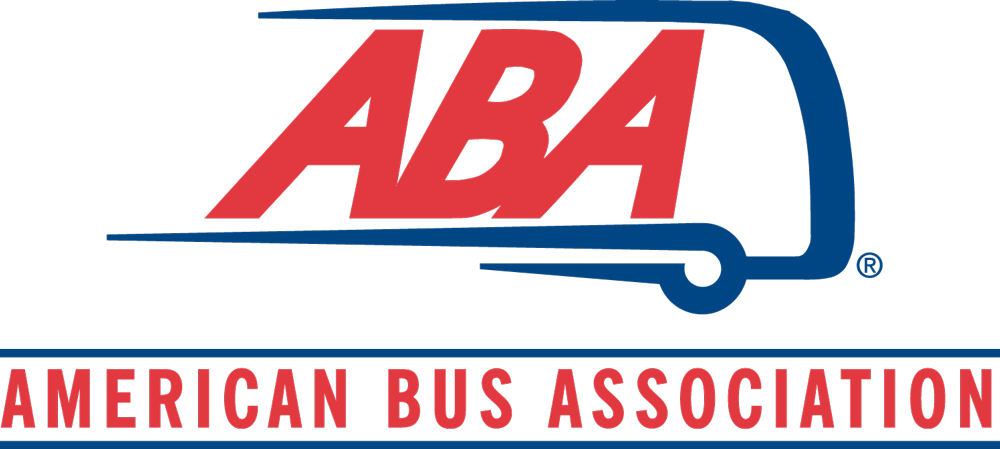Intercity Bus Services Research by DePaul University
The 2023 Intercity Bus Services research by DePaul University examines the sector’s economic performance and trends shaping its future.
New Destinations: 2023 Outlook for the Intercity Bus Industry in the United States
Executive Summary
- About the Report: This report analyzes key geographic and nationwide trends for the intercity bus industry in the United States, including predictions about how the sector will change in 2023.
- Key Highlights:
- Chronic driver and mechanic shortages, the shuttering of traditional bus terminals, the increasing average age of motor coaches, unpleasant customer experiences due to the conditions around curbside pick-up spots and in terminals, and unruly passengers continue to hurt the industry.
- Prediction: FlixBus and Greyhound will continue their push to assimilate their networks, made possible by a new reservation platform and more technology-sharing. The integration will allow travelers to make connections between each other’s buses on a single ticket and bring more stations and stops into closer proximity, with particular emphasis on public transit hubs. The transition will require devoting much attention to customer care.
- Prediction: Over the next 18 months, premium bus services will spread to regions lacking such service, including Arizona, the Heartland, and the Pacific Northwest. This expansion, in some cases, will be spurred by the growing popularity of long-distance airport shuttle services, which give travelers a taste of the conveniences of ground travel options while sidestepping the hassle of flying.
Citation
- How to Cite This Report: DePaul University, Chaddick Institute for Metropolitan Development. (2023). New Destinations: 2023 Outlook for the Intercity Bus Industry in the United States. Retrieved from https://www.buses.org/aba-foundation-research-summary/intercity-bus-services-by-depaul-university-2023/.
- Report Author: Joseph P. Schwieterman, Ph.D., Abby Mader, Allison Woodward.
- Contact information: For inquiries, email research@buses.org or call (202) 218-7227.
Methodology
- The information in this report was compiled using public data sources and an analysis of industry news.
Additional Resources
- The Intercity Bus Bounceback: The 4th Quarter of 2021 Brings Optimism to a Struggling Sector
- On the Brink: 2021 Outlook for the Intercity Bus Industry in the United States
- Making Connections: 2020 Outlook for the Intercity Bus Industry in the United States
- New Directions: 2019 Outlook for the Intercity Bus Industry in the United States
- Running Express: 2017 Outlook for the Intercity Bus Industry in the United States
- The Remaking of the Motor Coach: 2015 Year in Review of Intercity Bus Service in the United States
- Adding on Amenities, Broadening the Base 2014 Year-in-Review of Intercity Bus Service in the United States
- The Traveler’s Tradeoff: Comparing Intercity Bus, Plane, & Train Fares across the United States (2014)
